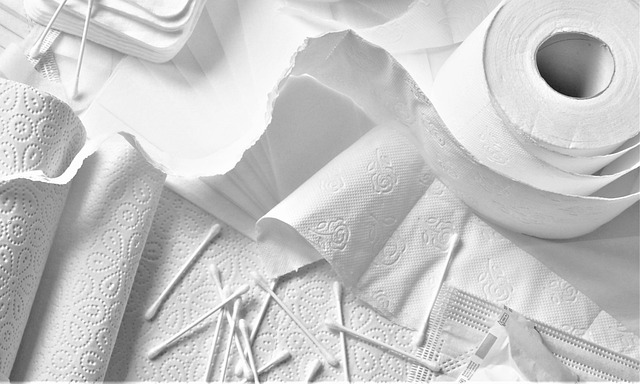A running toilet is often caused by leaky flappers or fill valves, identified through observing water flow patterns. Early signs include constant flush handles, bowl sounds, gurgling drains, and water pooling at the bottom of the tank. Regularly check and replace the flapper, maintain the fill valve, and ensure the overflow tube is functioning properly to stop water wastage and keep your toilet running optimally, as detailed in "How to Stop a Running Toilet" guide.
Tired of that relentless running toilet? This guide is your solution. Learn how to quickly diagnose and fix common issues like a leaky flapper valve or an overactive fill valve, saving you time and money. We’ll walk you through the process step-by-step, empowering you to tackle basic repairs yourself. Plus, discover proactive measures for maintenance and choosing energy-efficient toilets, ensuring a smooth, water-saving experience. Say goodbye to wasteful running toilets with these expert tips on how to stop a running toilet.
- Identify the Problem: Understanding a Running Toilet
- – Signs of a running toilet
- – Common causes of continuous water running
Identify the Problem: Understanding a Running Toilet

If your toilet keeps running, it could be one of several issues. The first step in fixing this problem is identifying its root cause. A running toilet is often due to a leaky flapper or fill valve. The flapper is the seal that covers the hole at the top of the tank after each flush, while the fill valve controls the water level inside the tank. If either component isn’t sealing properly, excess water will continue to flow into the bowl, causing a running toilet.
To determine which part needs attention, observe the behavior of your toilet. If water is constantly running into the bowl even when the flush lever is idle, it’s likely a flapper issue. On the other hand, if the water level fluctuates frequently or seems to refill too quickly after flushing, the fill valve might be to blame. Understanding these patterns will guide you in selecting the right fix for your toilet troubles and learning how to stop a running toilet effectively.
– Signs of a running toilet

A running toilet isn’t just an annoyance—it’s a waste of water and money. Recognizing the signs early is key to preventing significant damage and saving on your utility bills. One of the most noticeable indications is constant movement of the flush handle, suggesting the toilet never stops running after flushing. You might also hear continuous sounds from the bowl, indicating water is constantly flowing in. Other telltale signs include a gurgling noise coming from the drain or overflow pipe, and water collecting at the bottom of the tank. If you notice your toilet making these noises even when not in use, it’s time to investigate further and learn how to stop a running toilet.
Regular maintenance can prevent many running toilet issues. Checking your flapper regularly is an excellent place to start. Over time, this crucial component can wear out or become distorted, leading to leaks and an ever-running toilet. How to fix a running toilet often involves replacing the flapper as well as adjusting or replacing other parts like the fill valve. By being proactive in monitoring these components and addressing any issues promptly, you can keep your toilet functioning efficiently and prevent unnecessary water wastage.
– Common causes of continuous water running

A running toilet is often caused by issues with three primary components: the flapper, fill valve, and overflow tube. The flapper, a seal that covers the drain at the bottom of the tank, can wear out or become misaligned over time, leading to continuous water filling. This is especially common if your toilet is older, as flappers tend to degrade faster in aged toilets.
The fill valve, responsible for controlling water levels in the tank, may also malfunction due to mineral buildup or damage. This component works in conjunction with the float, which signals when the tank has filled to the right level. If either of these parts isn’t working correctly, water will keep running. Additionally, an improperly adjusted or damaged overflow tube can cause excessive water flow into the bowl, contributing to a running toilet.
Running toilets can be a persistent problem, but with some simple fixes, you can stop the constant flow and save money on your water bills. By identifying the issue, whether it’s a leaky flapper or an inefficient fill valve, you can tackle each problem individually using the step-by-step guidance provided. Don’t let a running toilet ruin your peace; instead, take control and learn how to stop it for good with these easy DIY solutions.
